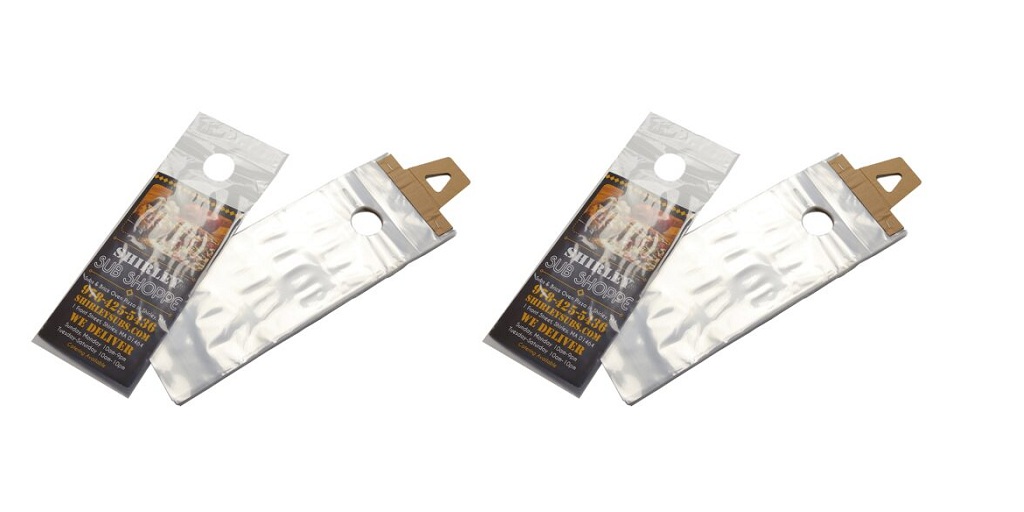Door-to-door sales has such a mystique about it, even amongst door-to-door salesmen. No one wants to do it, the rewards are low, and you need skin as tough as iron to be able to put up with all of the coarse rejections you’ll get during the run of a regular morning.
Only the tough survive in door-to-door sales, it is true, but oftentimes, door-to-door sales are simply, impossibly, the only way to break into a residential market – such as when selling solar panel installation or campaigning for a grassroots political figure.
We can’t make door-to-door selling enjoyable, but we can potentially help you become more effective – with these tips.
1. Prospect and develop a customer persona
First and most importantly, you have to make sure you are only trying to sell to qualified candidates in the first place.
To a degree, you can never really know who will open the door, but in some senses, you can. You can do research about the history, demographics, and income of a community to set yourself up for success with those that actually do open the door.
Moreover, make sure you cut your losses on unprofitable areas – for instance, if you’re selling solar systems, don’t knock on the doors if half the homes already have them – they’ve already probably seen the likes of you before.
2. Perfect your pitch
You’re only going to have a few seconds before the person that opened the door closes it. Make sure you explain who you are and why you are there immediately and lead with a hook that entices them – something to do with cost-savings or a solution that will save them time or make their lives easier.
It will vary according to what you’re selling, so that part’s on you.
3. Listen astutely for customer pain points
If you start to notice a trend in terms of objections or pain points from your customers, you have one of two options.
Either they are lying to get you to go away (it is not a real objection) or you are not framing your product or service in such a way that they see a solution from it.
In either case, you need to be prepared to handle the objection and refine your approach based on customer pain points.
For instance, if your customers consistently tell you they are strapped for time, then your approach should be about time savings, not cost savings.
4. Sell a solution, not a product or service
No one wants to hear about products or services – they want to hear about how their lives can be improved.
Can your service or product save your clients money? Can it save them time? Can it improve their enjoyment of recreation? Can it furnish them with additional abilities to be with their family?
These are the things you need to key in on when going door to door.
5. Forget features – sell benefits
One more tip on the actual selling component of all this. Don’t list the features like a brochure. It’s boring and unengaging.
Instead, talk about the benefits that those features offer. This can be couched in such a manner that it may draw attention from your potential customers.
6. Always leave some sort of reference materials in a doorknob bag
Finally, if you don’t get an answer, always leave something behind – promotional materials or a business card – in a doorknob bag.
Let’s be honest. 99.9% of the time these will be thrown away without even getting a glance. But if you don’t leave something for reference, the chance of a potential customer taking the initiative to get in touch with you is exactly zero.
So those odds are unfavorable at best – but still worth playing.
As for the doorknob bag? Use a plastic door hanger bag, preferably one made of poly. Poly plastic bags (like door knob bags) are affordable, will protect your materials from the weather, and are recyclable.
For more Information about Poly Tubing Roll and Flat Poly Bags On Roll Wholesale Please Visit : Edco Source


